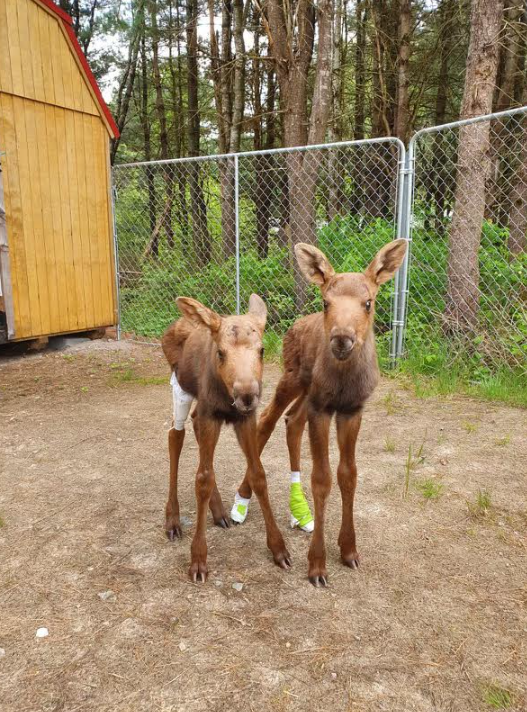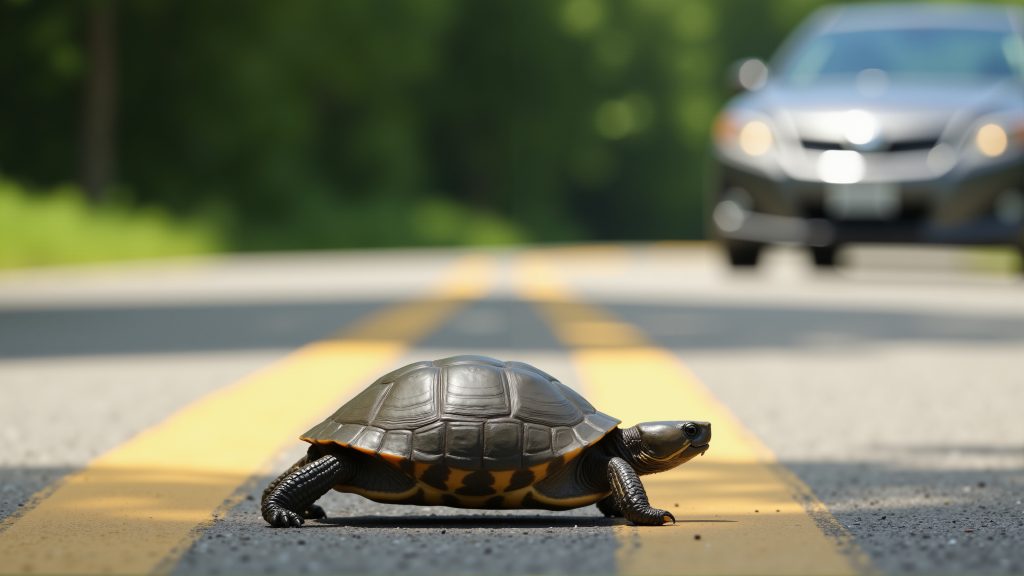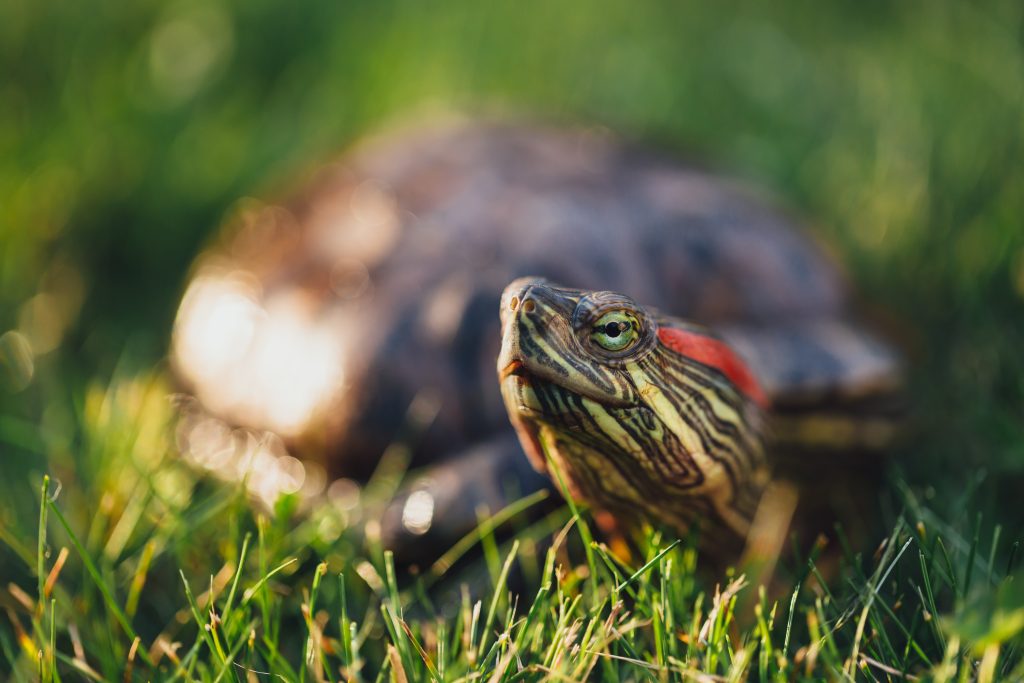Collisions with Wildlife Leave Hundreds of Wild Animals
Orphaned Each Year in Muskoka
Aspen Valley Wildlife Sanctuary (Aspen Valley) is asking drivers to slow down yet again. Wildlife is on the move, and people need to remind themselves that the risk of colliding with an animal is all too real.
“We get it. You’ve heard this message before, yet we’re hearing from an increasing number of people that have collided with an animal while driving,” said Jan Kingshott, Director of Animal Welfare at Aspen Valley Wildlife Sanctuary. “The message isn’t sinking in the way it should, and we’re hoping it will. While some drivers have hit an animal through no fault of their own, others admit that they might have avoided the collision altogether had they been paying closer attention and driving the speed limit.”
Located on 460 acres of natural habitat in beautiful Muskoka, Aspen Valley is one of the few sanctuaries in Canada that has both the facilities and natural environment needed to meet the biological and behavioral needs of Ontario’s native species on a long-term basis. This represents an important alternative to euthanizing animals that cannot be returned to the wild due to human interference. The Sanctuary also rehabilitates over 1,000 injured and orphaned wild animals each year – returning them to the wild once rehabilitated. They are also committed to educating the public about living in harmony with wildlife.
“We receive hundreds of calls from many kind people who are asking for advice about wild animals that appear to be in trouble,” said Linda Glimps, Executive Director, Aspen Valley Wildlife Sanctuary. “Often, we advise callers to first observe and ensure that the animals actually require assistance. With some watchful waiting, many of our callers witness mothers returning to their young after foraging for food and have avoided becoming accidental “kidnappers”.
If an animal is truly orphaned or injured, however, Aspen Valley asks the rescuer to bring the animal to them as quickly as possible. For people with no means of transportation, or when dealing with larger species, such as injured or orphaned deer fawns or moose calves, volunteer drivers at Aspen Valley may be able to help.
Aspen Valley receives animals that have been hit by vehicles, orphaned, trapped, injured by predators (cats and dogs), or suffer from mange (and other diseases/conditions). They also see animals that have been compromised by well-meaning individuals who tried to care for them on their own, or believed it was okay to feed wildlife – which, in fact, is an incredible disservice to wild animals.
Sadly, in spite of their best efforts, there are occasions when recovery is not possible. “It is paramount to all of us here at Aspen Valley that wildlife does not suffer needlessly, and we treat each animal with the dignity and respect it rightfully deserves,” added Glimps.
Not surprisingly, first aid, species-specific formula and/or food, vaccinations, and size-appropriate enclosures (indoor and outdoor) are all requirements for successful rehabilitation and cost a great deal of money.
As a not-for-profit, Aspen Valley is solely dependent on the generosity of its donors. Please visit www.aspenvalley.ca to discover the many ways to give (including your volunteer time) and learn how to “keep wildlife wild”. They accept the donation of securities and bequests, and love it when friends of Aspen Valley initiate fundraisers of their own. You can also shop their Amazon Wish list.


